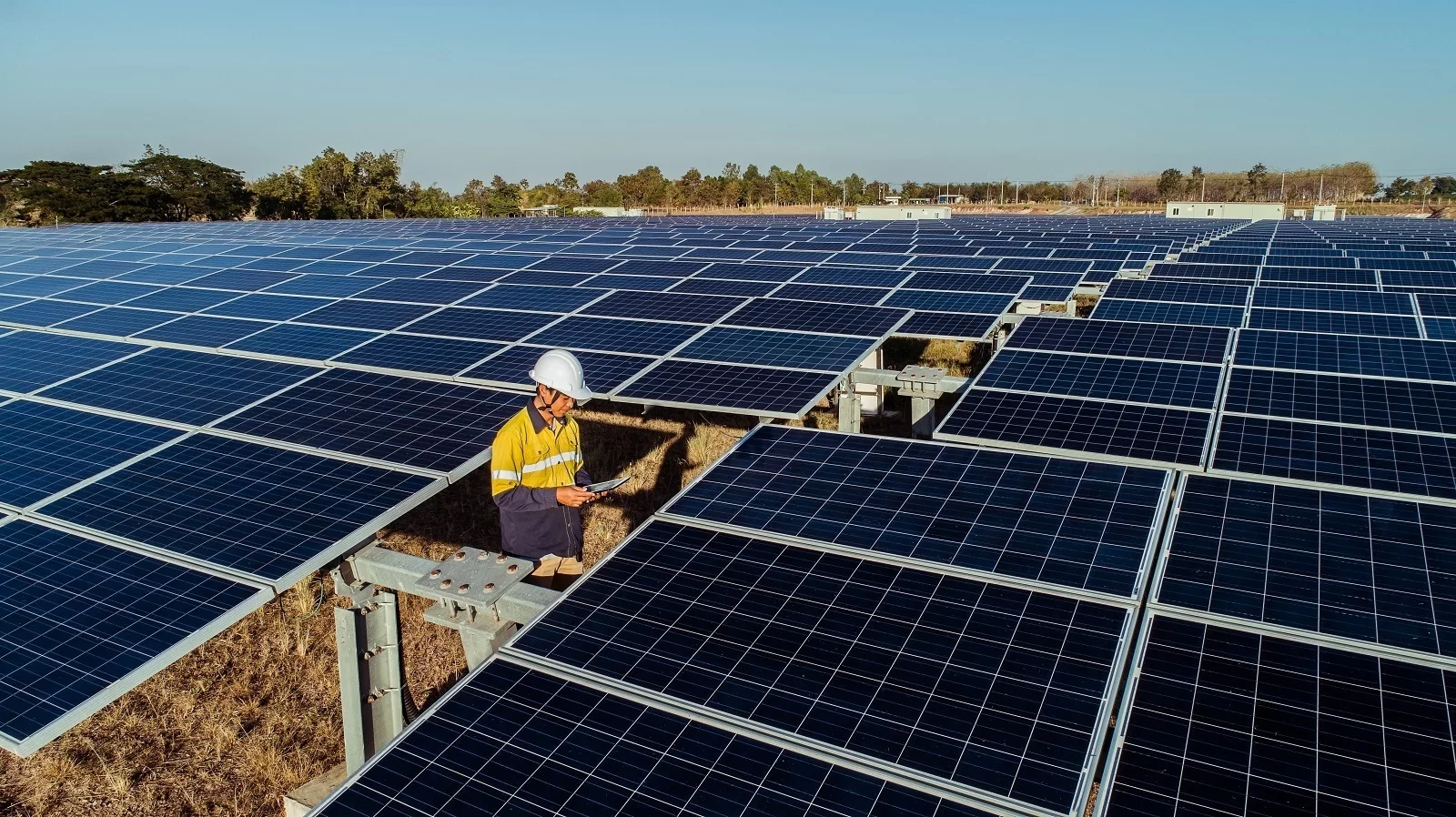Solar Panels | Adobe Stock
Solar Panels | Adobe Stock
In a hearing before the Ohio House Public Utilities committee, Maureen Willis, a member of the Ohio Consumers' Counsel, expressed concerns about HB 197, otherwise known as the community solar bill. According to Willis, who also serves as the agency director for the counsel, the potential benefits of this bill are overshadowed by its negative impacts on utility consumers.
Willis assumed her role as the fifth member of the Consumers' Counsel in October 2023. She initially joined the office in 1982 as a legal intern.
The proposed legislation is part of an ongoing effort to bolster Ohio's burgeoning solar generation industry. Data from the Solar Energy Industries Association reveals that by June 2023, Ohio had installed 1.38 megawatts of solar generation infrastructure. This represents an investment exceeding $2 billion and has elevated Ohio to rank 22nd in the nation for installed solar generation - a leap from its previous ranking of 32nd.
Forbes contributor Robert Bryce attributed part of this growth to extensive federal and state subsidies for the solar industry. Bryce, an energy analyst by profession, pointed out that in 2021, "the solar sector got 267 times more in federal tax credits per unit of energy produced than the nuclear industry. The wind energy sector got 99 times more than nuclear."
During her testimony, Willis argued that HB 197 would only serve to increase these subsidies for solar power. She cautioned that HB 197 "will likely result in utility cost shifting and subsidies paid for by non-participating consumers. And it allows the government to pick winners and losers in the wholesale electricity market. A market distorted by government intervention will likely lead to higher electric prices and will not benefit Ohio’s utility consumers or the Ohio economy."
The U.S. Energy Information Administration (EIA) has also highlighted certain limitations associated with solar energy. In one of its briefs on solar power, it noted that "the amount of sunlight that arrives at the earth's surface is not constant. The amount of sunlight varies depending on location, time of day, season of the year, and weather conditions. The amount of sunlight reaching a square foot of the earth's surface is relatively small, so a large surface area is necessary to absorb or collect a useful amount of energy."






 Alerts Sign-up
Alerts Sign-up